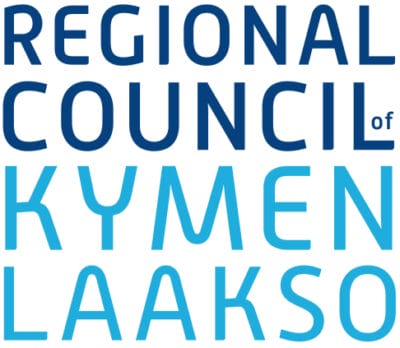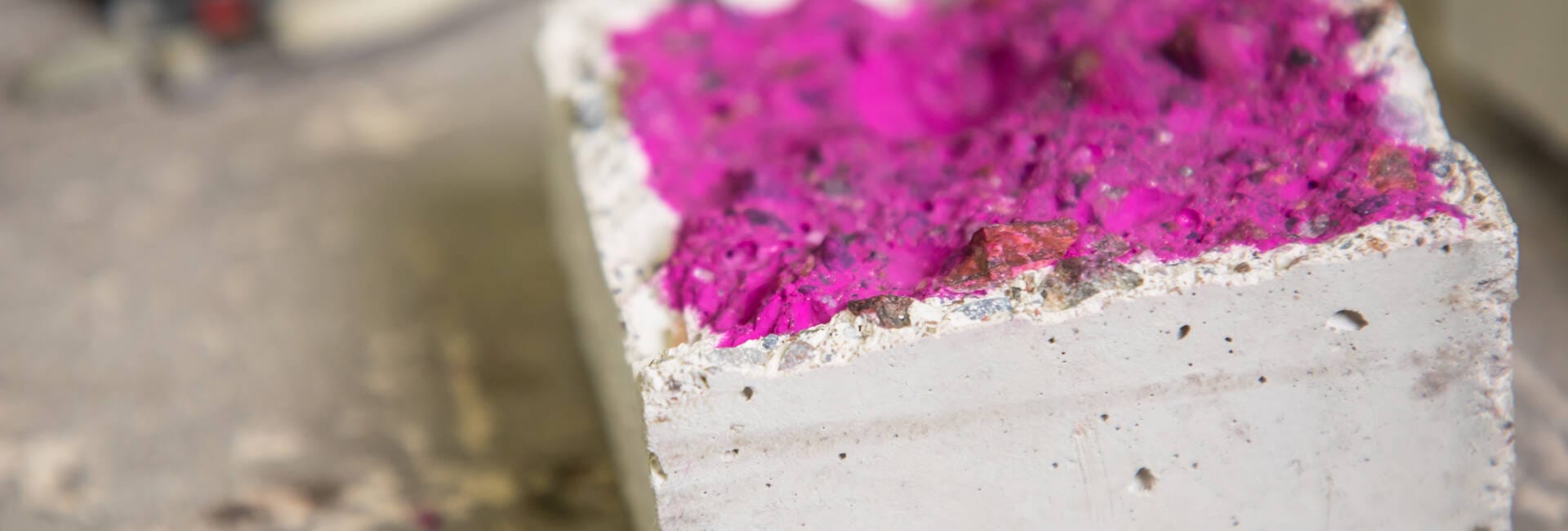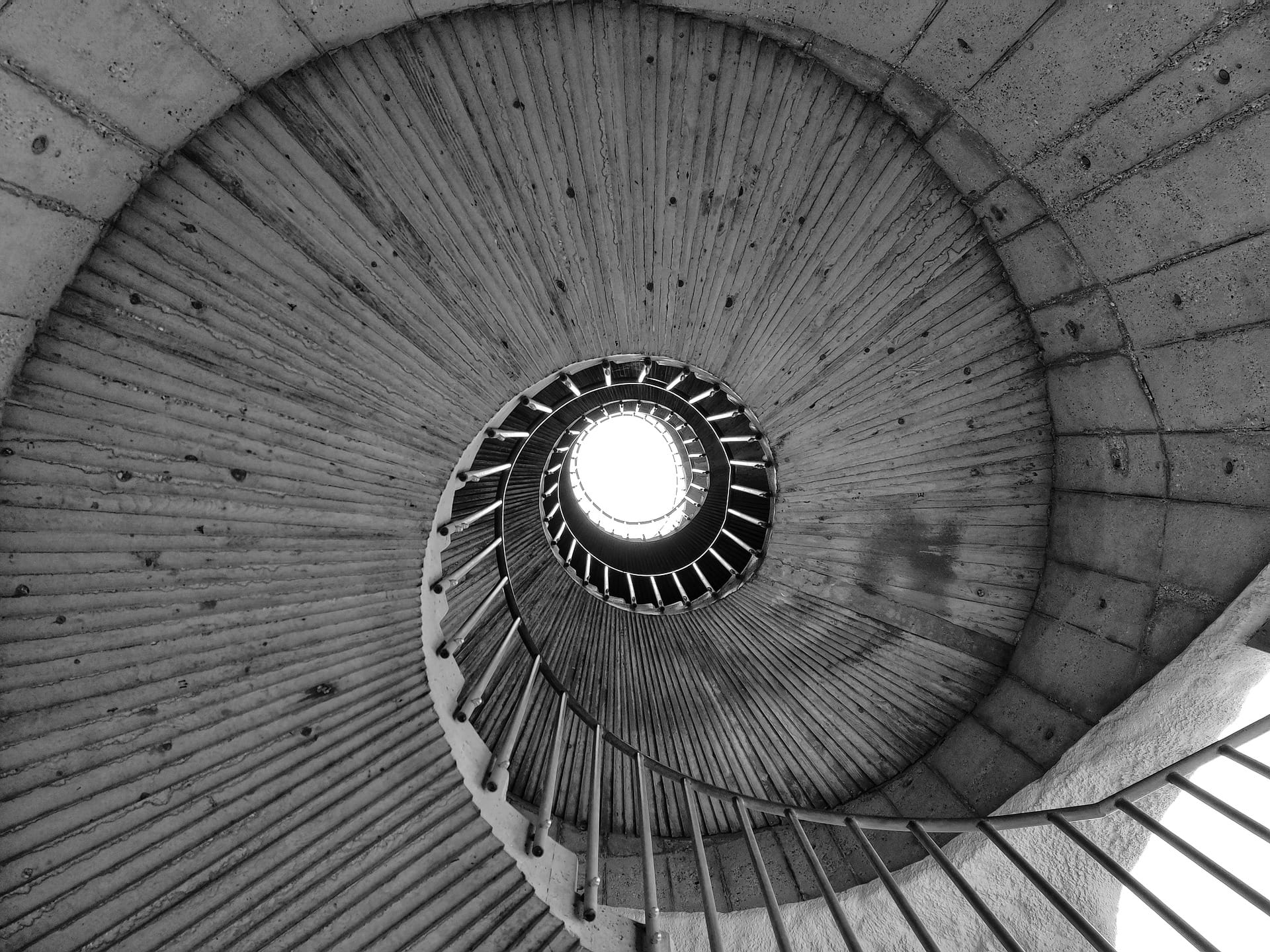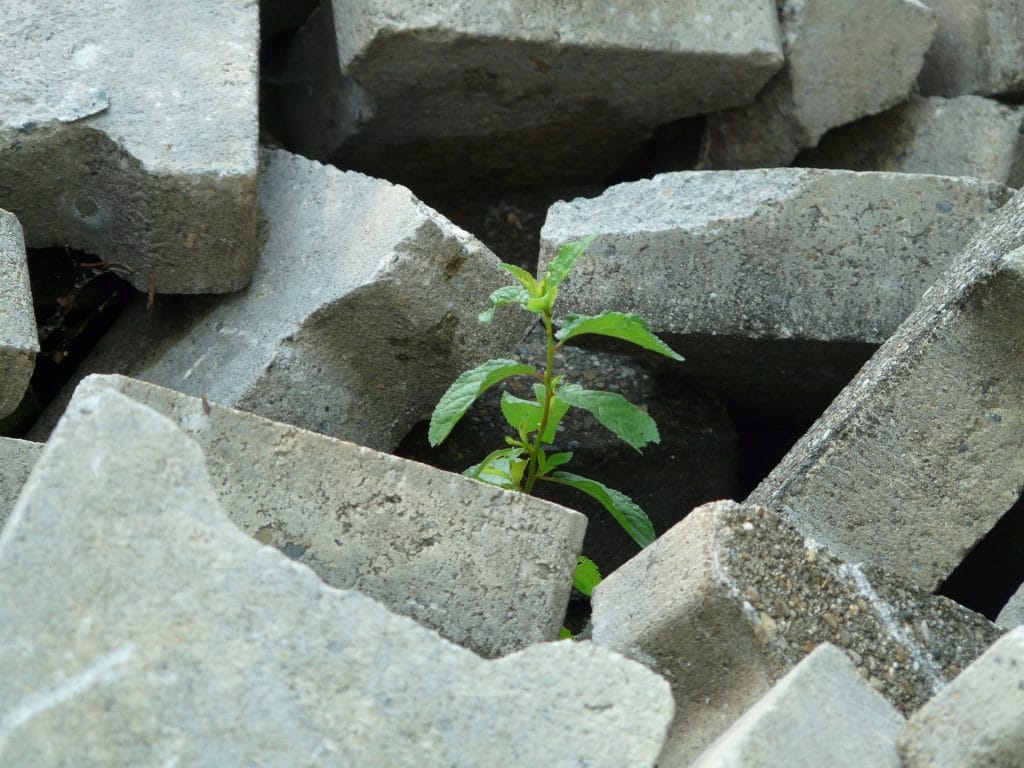


BEHI
Concrete as a carbon sink – solutions for low-carbon construction
The project studies the impact of carbon dioxide on concrete properties and aims to influence the carbon footprint of concrete construction.
THE PROJECT IS FINISHED
New technologies for a greener future
Annually, concrete buildings and recycled concrete bind about 23% of the carbon dioxide emissions of the cement industry in Finland. In order for concrete to achieve carbon neutrality, active measures are also needed.
One of the industry’s most interesting technologies for reducing emissions is the carbon curing using carbon dioxide recovered from industrial emissions (CCU).
Current and Important Research
In so-called carbon curing, advantages arise in two ways: recovered carbon dioxide is bound to concrete and, as a result of the curing, concrete has been reported to be strengthened. Thanks to carbon dioxide curing, the amount of emission-intense cement can be reduced when concrete is made, without affecting the strength properties of the concrete.
Key measures of the project
The main objective of the project is to promote carbon neutrality of concrete by researching and developing the utilisation of carbon dioxide for large-scale use in the concrete industry. During the project, the use of carbon dioxide and its requirements will be studied, validated and tested. Its utilization rate is optimized so that the natural properties of the concrete do not deteriorate. Cases are piloted in real production environments.
.
.
Permanent carbon sequestration
Concrete as a carbon sink – solutions for low-carbon construction is a project that aims to influence the properties of concrete with the help of carbon dioxide. The idea is not new, as the subject has been studied since the 1970s. However, BEHI approaches the subject from the perspective of the concrete industry.
When carbon dioxide is bonded to concrete, it is permanently mineralized into the concrete structure, making it more compact. The process is called carbon curing.


New perspectives
The carbon curing of concrete has been studied primarily by exposing the curing concrete to carbon dioxide, often under high pressure. However, the technology is not suitable for large elements and cannot be utilized in the production of ready-mixed concrete. The BEHI project studies the exposure of concrete to carbon dioxide while it is still in the plastic phase.
When carbon dioxide is added to the fresh concrete mass already during mixing (carbon mixing), the benefits of carbon dioxide mineralization can also be used in ready-mixed concrete production.
New means must also be sought to reduce carbon dioxide emissions from concrete
Facts
Concrete as a carbon sink – solutions for low-carbon construction (BEHI)
Info
Budget
Project partners
For more information:








